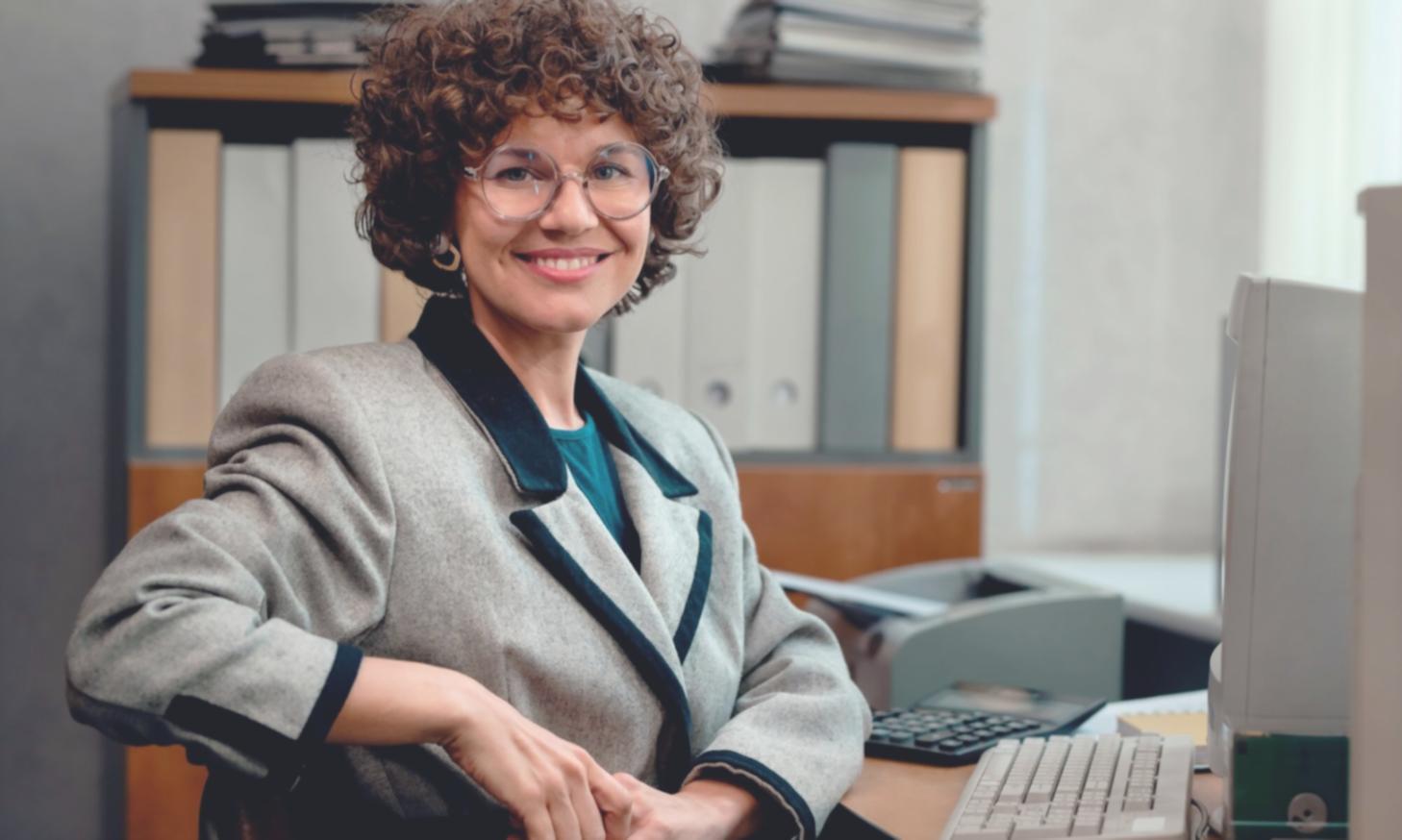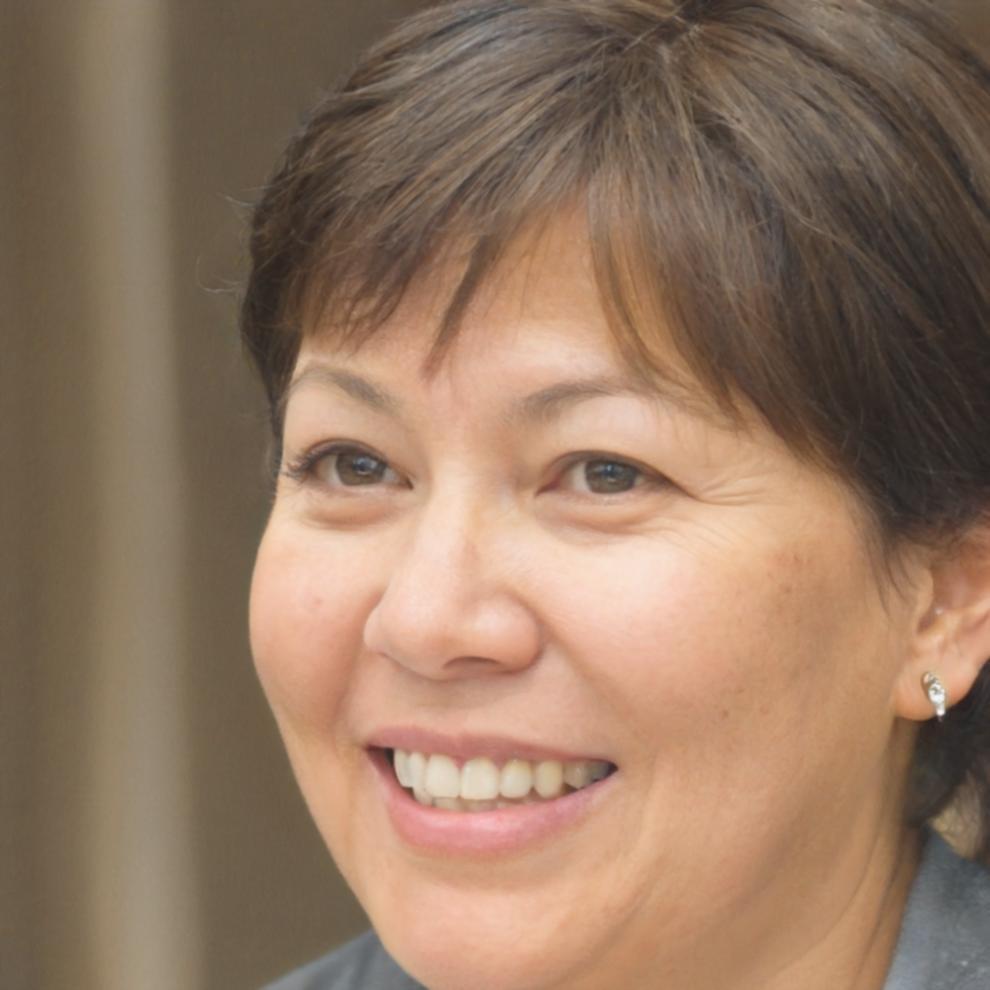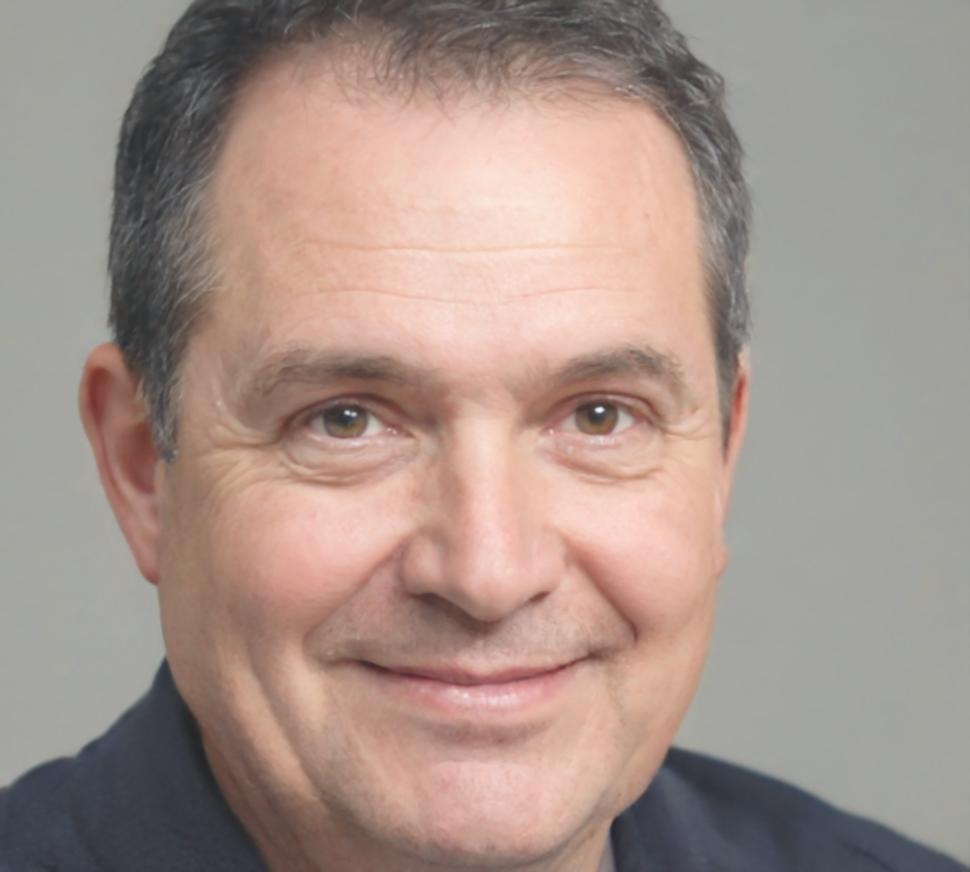How We Actually Started
Back in early 2019, we were both working at separate financial firms in Buenos Aires. The thing that bothered us most? Clients kept making the same errors because nobody took time to explain the underlying mechanics.
So we started running weekend workshops. Just basic stuff at first—reading balance sheets, understanding market indicators, spotting common red flags. People showed up because they wanted to learn without the sales pitch attached.
By mid-2020, those workshops turned into structured programs. We moved to Neuquén and decided to focus specifically on investment education for the Argentina market. Not because we had some grand vision, but because people kept asking for more depth.





